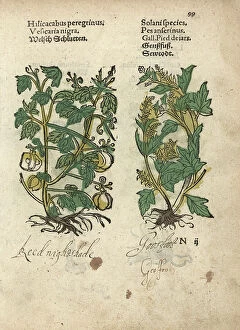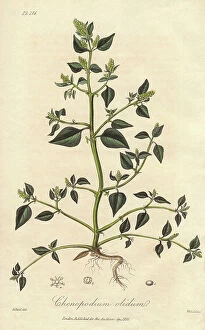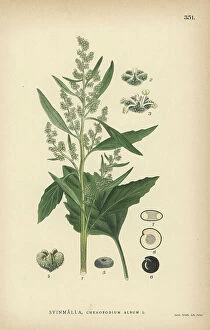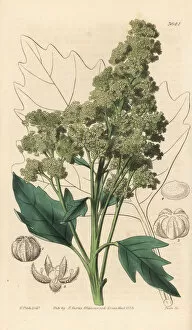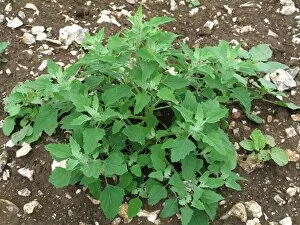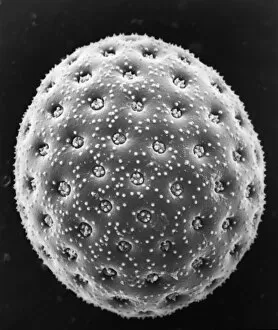Chenopodium Collection
Chenopodium, also known as Good King Henry or Chenopodium bonus-henricus, is a versatile plant with various species that have been used for centuries
For sale as Licensed Images
Choose your image, Select your licence and Download the media
Chenopodium, also known as Good King Henry or Chenopodium bonus-henricus, is a versatile plant with various species that have been used for centuries. One such species is the Balloon plant, scientifically called Cardiospermum halicacabum. Its unique name comes from the heart-shaped seeds enclosed in balloon-like capsules. Another useful variety is quinoa, scientifically known as Chenopodium quinoa. This grain has gained popularity worldwide due to its high nutritional value and versatility in cooking. Leafy goosefoot, or Chenopodium foliosum, is another member of the Chenopodiaceae family, and is often used as a leaf vegetable and can be cooked similarly to spinach or added raw to salads for an extra crunch. Jesuits tea, also referred to as Dysphania ambrosioides, has been historically associated with Jesuit priests who brewed it into a herbal tea. This aromatic herb was believed to possess medicinal properties and was commonly used for digestive issues. Wormseed, which goes by various names like Jesuits tea or Mexican-tea (Dysphania), belongs to the same genus Dysphania ambrosioides. Despite its unappealing name, this plant has long been utilized for its anthelmintic properties against intestinal parasites. Curtis British Entomology Plates 414, 402, and 398 showcase different insects associated with these chenopodium plants. These illustrations provide valuable insights into the intricate relationship between insects and plants in nature. Lastly, we have Fat hen or lambs quarters (Chenopodium album), yet another member of the chenopod family that thrives both in arable fields and gardens alike. Although considered a weed by some gardeners due to its invasive nature, it has culinary uses similar to spinach when young leaves are harvested. Chenopodium encompasses a diverse range of plants with various uses and associations.

